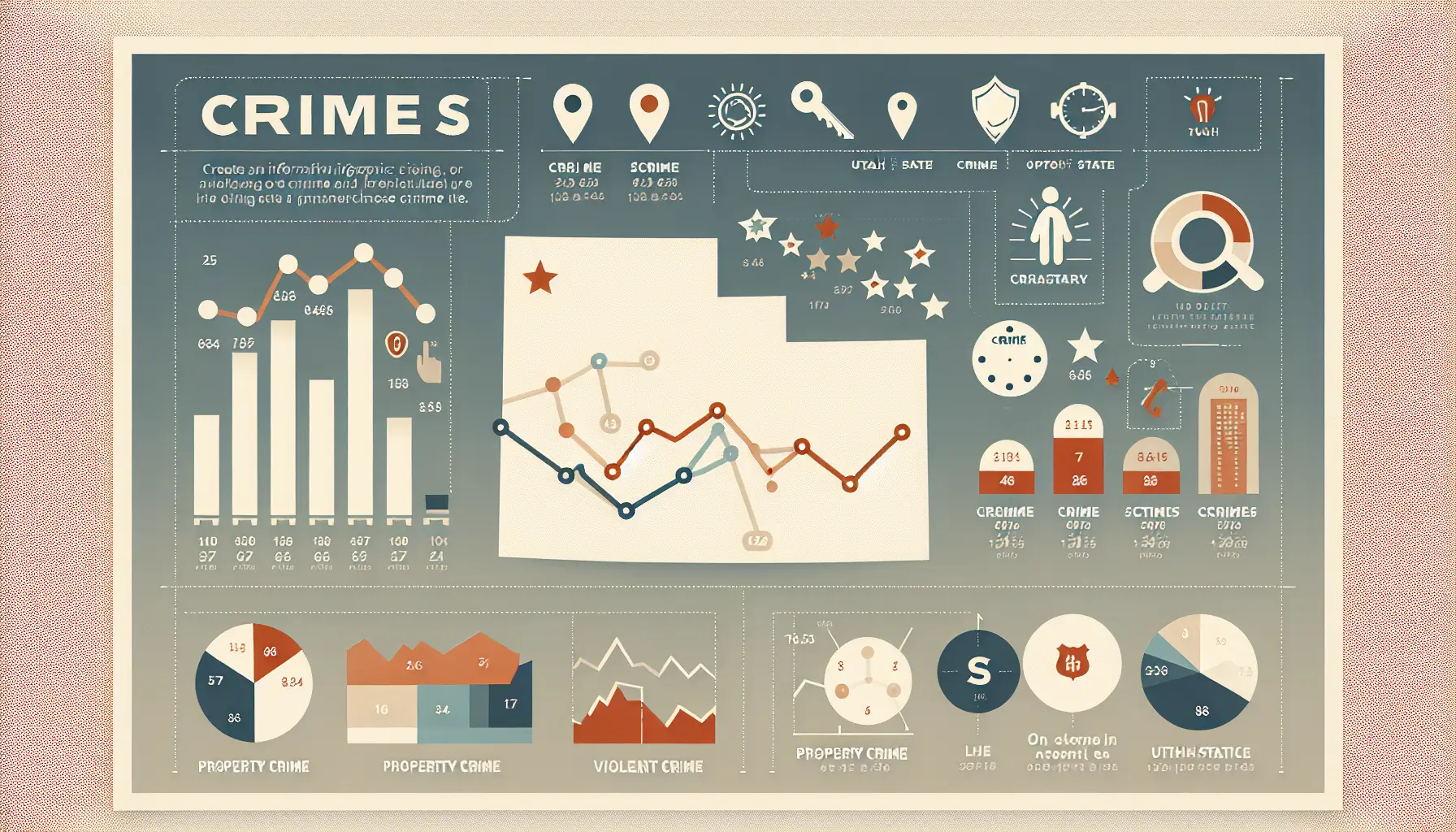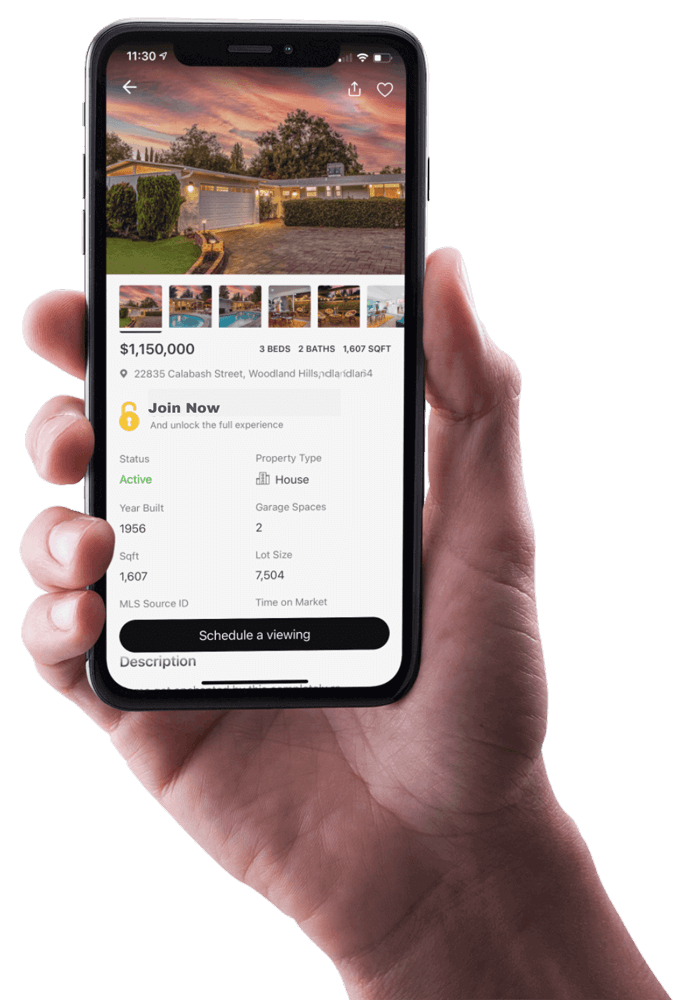How Plumbing Conditions Influence Property Value and Buyer Confidence
Plumbing systems play a key role in home inspections, buyer confidence, and long-term property value. Learn how infrastructure impacts real estate decisions.

Utah is often celebrated for its safety and charm, but lurking beneath the surface are cities that may surprise you with their hidden dangers. This blog explores the lesser-known neighborhoods in Utah that have unsettling crime rates and eerie histories, helping potential residents make informed decisions about where to call home.
While Utah is famed for its majestic landscapes and welcoming communities, there are elements beneath this serene surface that demand attention. These hidden dangers are not the ones typically associated with bustling metropolises but rather the unexpected threats lurking in seemingly safe locales. Understanding these risks is crucial for anyone considering a move to Utah or those who already call it home.
From charming small towns to burgeoning suburban areas, some Utah cities harbor crime rates that may surprise you. This exploration into Utah's concealed risks will arm you with the knowledge needed to make informed decisions about where you choose to live or visit.
Utah's crime statistics provide a revealing look into the state's safety profile. According to the FBI's Uniform Crime Reporting (UCR) Program, the property crime rate stands at 7,615 incidents per 100,000 residents. This includes offenses such as burglary, larceny-theft, vehicle theft, and arson, all of which can significantly impact residents' quality of life.
On the other hand, the violent crime rate is considerably lower at 126 incidents per 100,000 residents. This category encompasses more severe offenses like murder, rape, robbery, and aggravated assault, which involve force or the threat of force.
When evaluating the safety of Utah cities, both property and violent crime rates are considered. However, particular attention is paid to violent crimes due to their direct impact on personal safety. These statistics are essential for understanding which areas might pose unexpected risks.
American Fork, despite its rapid growth and nearly 43,000 residents, is noted as the most dangerous city in Utah County. With an annual tally of 36 violent crimes and 606 property crimes, the city's overall crime rate per 1,000 residents is 34.4. This results in a crime index score of eight, indicating that 92% of U.S. cities are safer than American Fork.
Despite these figures, American Fork's violent crime rate of 1.93 remains lower than other Utah cities. This paradox highlights the importance of considering both violent and property crime rates when assessing a city's safety.
Located just a short drive from Salt Lake City, Murray presents an unexpected risk for residents. With 178 violent crimes and 2,532 property crimes annually, Murray's crime rate per 1,000 residents is 54.79, earning it a low crime index score of two.
While its violent crime rate of 3.6 is not the highest, the prevalence of property crimes makes theft a significant concern for those living in or visiting Murray.
Tooele, once a peaceful farming community, now finds itself grappling with notable crime rates. Situated west of Salt Lake City, this city reports 177 violent crimes and 692 property crimes annually. Its crime rate per 1,000 residents is 22.52, the lowest on this list.
However, a violent crime rate of 4.59 places Tooele firmly among Utah's top ten most dangerous cities. This statistic is a stark reminder of the potential risks lurking in this otherwise quiet community.
Moab, renowned for its breathtaking landscapes and outdoor adventures, unexpectedly ranks high on the list of Utah's dangerous cities. Despite its small size, Moab records 39 violent crimes and 106 property crimes each year.
With a total crime rate of 27.25 per 10,000 residents and a crime index score of 13, Moab might seem safer than other cities on this list at first glance. However, its violent crime rate of 7.33 is a cause for concern, particularly for tourists and new residents.
These surprising statistics highlight the hidden dangers that can exist even in the most picturesque settings, underscoring the importance of vigilance and awareness.
Salt Lake City, the vibrant heart of Utah, is known for its rich culture and stunning mountain backdrop. Yet, beneath its charming exterior lies a city grappling with significant crime challenges. Annually, Salt Lake City records 2,424 violent crimes and 13,573 property crimes.
This staggering number results in a total crime rate per 1,000 residents of 76.11, the highest among all Utah cities discussed. It earns a crime index score of just one, indicating that 99% of U.S. cities are safer. The violent crime rate stands at 9.79, raising serious concerns for residents and visitors alike.
Despite ongoing efforts to revitalize and secure various neighborhoods, Salt Lake City remains a place where caution is advised, especially in certain areas after dark.
Park City, nestled in the Wasatch Mountains, is famed for its world-class ski resorts and the Sundance Film Festival. However, this idyllic town harbors a lesser-known side marked by crime. Annually, Park City experiences 42 violent crimes and 204 property crimes.
The total crime rate per 1,000 residents is 29.3, with a crime index score of 11. While not the worst, the violent crime rate of 5.02 is notable, especially in a town celebrated for its luxury and leisure.
Visitors and potential residents should be mindful of these statistics, balancing the allure of Park City's attractions with an awareness of its hidden risks.
Despite the highlighted cities, Utah remains one of the safest states in the U.S., particularly when considering its low violent crime rate. The Utah Department of Public Safety works to bolster the state's overall safety through strong community policing and proactive crime prevention measures.
However, property crime rates are notably higher than the national average, necessitating vigilance among residents and visitors. Being informed and taking basic precautions can significantly enhance personal safety in Utah.
When comparing Utah's safety to other states, it consistently ranks high for overall livability. WalletHub places Utah as the fourth best state to live in, highlighting its financial and workplace safety.
However, Utah receives lower scores for personal and residential safety, mainly due to property crime rates. National crime statistics show Utah has fewer burglaries than many states, but its property crime rate is 26% higher than the national average.
These metrics suggest that while Utah excels in many areas, prospective residents should weigh these factors when considering relocation.
Utah is a state of contrasts, from breathtaking landscapes to bustling cities with complex safety profiles. While certain areas present notable risks, informed decision-making and awareness can mitigate potential dangers.
For those considering a move to Utah or visiting its storied locales, conducting thorough research and staying informed about local safety conditions is essential. Engage with communities, seek local insights, and prioritize personal safety measures.
Ultimately, Utah remains a compelling place to live and explore, offering unique opportunities alongside its challenges. By acknowledging and understanding its hidden risks, you can make the most of what this remarkable state has to offer.
Posted by Kristopher Larson
Related Articles:
Access all your saved properties, searches, notes and more.
Access all your saved properties, searches, notes and more.
Enter your email address and we will send you a link to change your password.


Your trusted MLS search companion